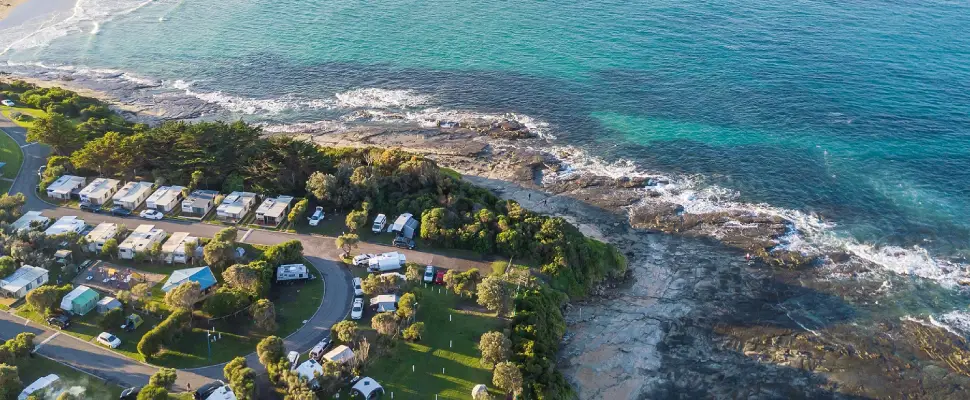Bank reaches new first home buyer high

8 March 2024
- Active customers grew to 408,000
- Lending to first home buyers up 43 per cent from the same time a year ago
- Retail deposits up 2.4 per cent to $13.33 billion
- Group NPAT of $16.9 million for H1-FY24
Great Southern Bank has recorded a 43 per cent increase in home loans issued to first time buyers, the bank announced today in its half year results for the six months to 31 December 2023.
The bank is now supporting around 2.5 per cent of all Australian first-time buyers, up from 1.5 per cent in H1-FY23. The increase in first home buyer customers comes as the bank strengthens its support for home buyers in line with its purpose of helping all Australians to own their own home and took significant steps to advance its sustainability strategy.
Supporting new and existing customers
While the bank continued to attract new customers, there was also a deliberate focus on supporting its existing customers. The bank offered competitive savings and term deposit rates which consistently ranked in the top five in the market, helping boost retail deposits by 2.4 per cent. Assistance for customers experiencing financial hardship was also increased, while the bank offered strong support for customers rolling off fixed rate loans and improved the customer response times in its contact centre.
Paul Lewis, Managing Director and Chief Executive Officer of Great Southern Bank, said:
“We’re continuing to see strong demand from first time buyers looking for a customer-focused banking partner to help them through this critical stage in their lives.
“We’re building enduring relationships with these new homeowners so we can continue to partner with them as their financial needs evolve and change - from upgrading to their next home or buying an investment property, to starting their own small business and saving for their children’s future.”
Key improvements for customers include:
- Time to yes – a measure of how fast the bank approves a home loan – continues to fall, and the average is now below four days [3.9 days] with the majority [52%] approved in less than two days.
- The bank was first in the industry for on-time home loan settlements in the first half of the year - this helps give customers a positive and smooth home buying experience.
- Significantly improved customer service and response times through the bank’s Australian based contact centre, with average wait times falling and an increased number of queries resolved during the first call.
- The bank’s net promoter score – a measure of how likely customers are to recommend the bank – was strong, increasing nine points over the period.
Lending and sustainable profits
Market conditions and sector-wide cost pressures saw the bank record a softer Net Profit after Tax (NPAT) of $16.9 million. Increased competition and rising funding costs related to the end of the RBA Term Funding Facility has reduced net interest income. The bank’s strategic investments in its digital infrastructure, risk management systems and IT capabilities also contributed to elevated operating costs, with continued investment in the bank’s micro-business supporting the bank's future growth. New loans issued remained steady year-on-year, with $1.98 billion in new lending during H1.
“Despite the tighter market conditions, we continue to make sustainable profits, ensuring we can continue to support our customers, invest in new and better products and services, and grow the bank,” Mr Lewis said.
“In particular, we have publicly launched our digital-first, micro business bank offering - an offering designed to help the vast number of dissatisfied small businesses that have historically been under supported and ignored by the big banks.”
The home lending arrears ratio was largely flat, and significantly lower than many of the biggest banks. The bank’s proactive customer retention strategy ensured that significant numbers of customers remained with the bank after the completion of their fixed rate loans.
Support for customers facing hardship
Requests for financial assistance were up 13 per cent year-on-year, but remained well below the peak during the COVID-19 pandemic.
“It’s encouraging that we are not seeing a significant ongoing need for assistance but rather customers are seeking support to help manage through critical, defined periods,” Mr Lewis said. “Around three quarters [73 per cent] of customers received assistance for a period of only one to two months, which often is just about getting some breathing space – a moment to regroup, regain their confidence and get back on track.”
Sustainability and community impact
The bank also made further progress on key initiatives in its sustainability strategy, including:
- Launching a $1 million, three-year partnership with Mission Australia, with energy and water efficiency upgrades to community housing in NSW now underway. The partnership is a key deliverable under the bank’s second Financial Inclusion Action Plan.
- Powering around one third of all the bank’s properties, including branches and corporate offices, through renewable energy, with plans in place to transition all sites to renewable energy.
- Successfully launching two new green loan products in August to help customers reduce their energy costs at home and cut carbon emissions.
- Launching its second Reconciliation Action Plan in December, an ‘Innovate’ RAP detailing how the bank will work to address the structural barriers to financial inclusion that First Nations peoples experience.
About Great Southern Bank
For over 75 years, we’ve been putting our customers first, and today we look after the financial needs of more than 408,000 Australians. We have changed our name from CUA to Great Southern Bank but we remain customer-owned and firmly focused on helping all Australians own their own homes.

